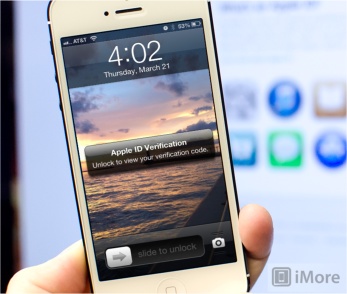 With the proliferation of mobile devices around the world, data security on these devices is getting truly serious attention. Apple, Google, Microsoft, and others are automatically encrypting data on these devices. This encryption is getting so strong that it has intelligence and law enforcement agencies very concerned. They’re worried they won’t be able to get into these devices during investigations.
With the proliferation of mobile devices around the world, data security on these devices is getting truly serious attention. Apple, Google, Microsoft, and others are automatically encrypting data on these devices. This encryption is getting so strong that it has intelligence and law enforcement agencies very concerned. They’re worried they won’t be able to get into these devices during investigations.
What Is Encryption?
I won’t be getting too technical, but here is the concept: The data on your mobile phone gets randomly scrambled based on a complex key. That key allows your phone’s operating system (Android, iOS, Windows Mobile) to descramble and use the data. If you legitimately access the phone with a passcode or biometric check (like fingerprint reader), then you can access data on the phone. If you don’t have the passcode, your truly locked out. Even if you disassemble the phone and remove the storage element, all you’ll be able to see is jumbled, meaningless numbers, letters, and symbols. Without the encryption key, it could take a supercomputer thousands of years to discover the key that decrypts the data.
Governments Want a Back Door
Law enforcement and intelligence agencies want a special key to a “back door” to access data on phones. Sounds reasonable, but there are ramifications. If there’s a known back door, then malicious hackers have a target. These people will find it. That’s what they do. Also there’s the obvious government intrusion potential.
It’s Not A Good Idea
For the greater good, a government back door just can’t be a good idea. While it would make investigations much easier, the potential for abuse and exploitation is just too great. It’s not whether abuse will occur but when. When pressed, I think most investigators will admit that other tactics will discover the evidence they need. And there’s always the possibility a suspect can be convinced to surrender a passcode to access a mobile device’s data.
If a universal back door exists and is exploited, it puts a huge number of people at extreme risk for identity theft and more. A virtual skeleton key to access any device is so profoundly dangerous to the well being of so many people, it’s ludicrous to even consider.
Anyone who argues otherwise is shortsighted or untrustworthy.


















